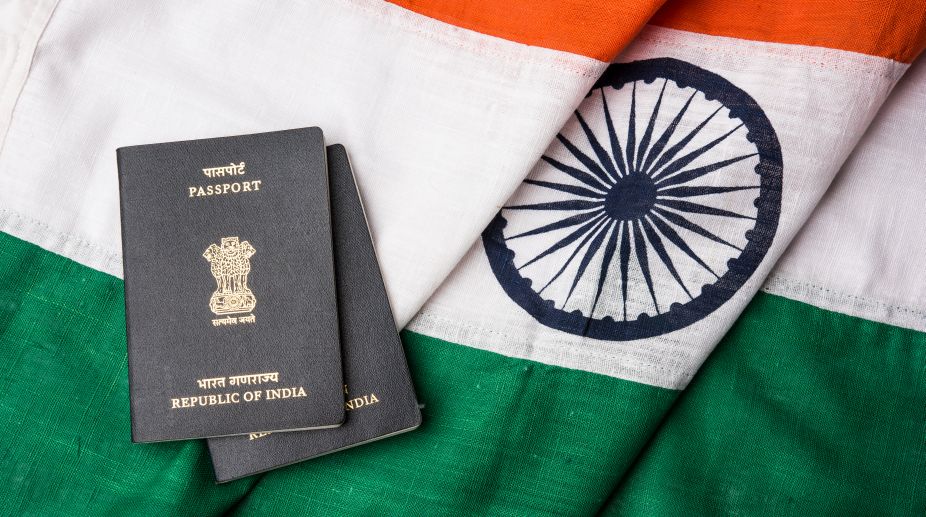Holi delights
As we draw closer to another year of Holi festivities, let's scramble our dishes and show off our culinary skills once again.

Indian Passport (Photo: Getty Images)
It is a welcome decision that the ministry for external affairs has taken a decision not to tinker with the format of the passports it issues. Particularly pleasing is the dropping of the move to have a different coloured travel document for those requiring an emigration check.
That check was designed to protect simple folk seeking employment abroad as craftsmen, domestic aides etc. from being exploited by dodgy agents and inconsiderate employers: yet since those fall into the lower economic scale of job-seekers issuing them passports with a different coloured jacket was clearly discriminatory.
It marked them out as persons not really capable of handling their own employment matters, stamping them a class apart In a social order that is discriminatory in so many other ways, a separate-colour passport amounted to official acceptance of their inferior status. Without getting bogged down in the proposed colour of the “EC Required” document, such visible discrimination sent out dubious signals ~ critics saw it as confirmation of the government’s making distinctions on the basis of economic status: in other words a government that accorded higher importance to the rich.
Advertisement
That an orange-coloured jacket had been mooted lent itself to saffronite interpretation, or ridicule, depending on one’s political preference. It is also appreciable that the MEA has decided to retain the last page of the document listing personal details: it often served as a proof of identity. In this Aadhaar-crazy age, some babu may have deemed that needless duplication, something that actually diminishes the status of a passport.
While the MEA statement was rather elaborate on why the proposed changes were junked, it threw little light on why they were initially proposed. The argument that differently coloured documents would ease processing has only marginal value ~ that too at the “Indian end” only ~ for it would possibly create some confusion at airports etc abroad.
It is possible that it was a move to facilitate clearance at departure points in India, once again an extreme display of how government agencies consider their own convenience to be of the highest priority, even at the cost of the citizen’s dignity: the “white sahibs” departed 70 years ago, their habits linger.
It is surprising that top officials, and the ministers handling foreign affairs never perceived such negatives: surely as major a decision as reworking the colour-coding of passports was not the work of a Section Officer or a UDC.
Perhaps it was part of a larger governmental exercise to do things “differently” ~ even the colour of the cover of the latest Economic Survey was changed, ostensibly to send out a message. Which only adds to the criticism of the government being obsessed with slogans, symbols etc: the contents of a document are more valid than its appearance. As if an orange passport will avert an Indian worker being harassed abroad.
Advertisement